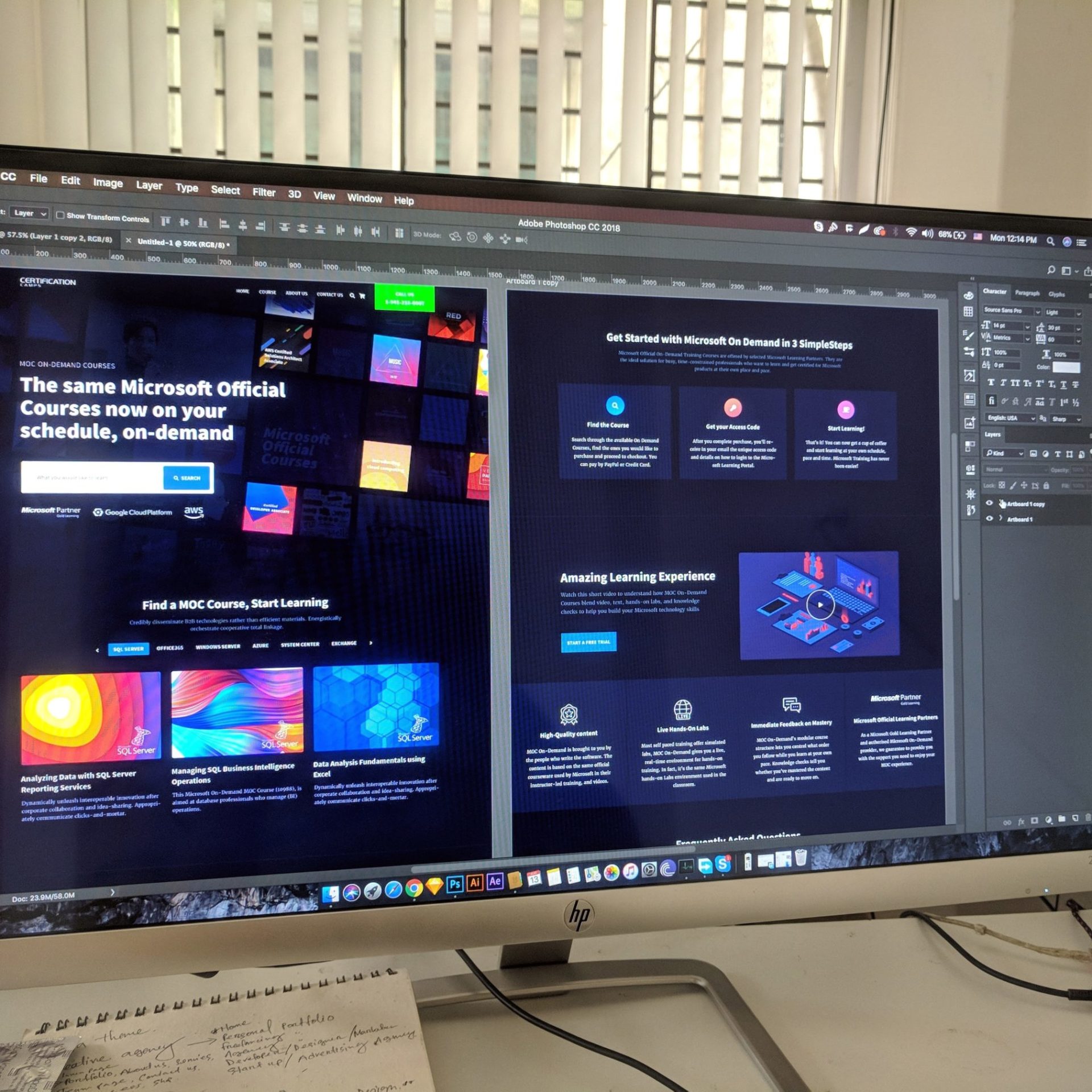
The pandemic has inevitably increased grocery shopping online, to the point where it is one of the fastest growing purchase channels.
How do you know which is the best design to attract attention, drive relevance and consideration, and ultimately convert to purchase?
Despite this change in shopping behaviour, the in-store fixture is, for most shoppers, the first time they will see your product – so your pack is still ultimately your most important advertising platform.
For those shopping in-store, the primary aim is now very much focused on getting in and out quickly and safely, with fewer visits and increased spend per visit, as they focus on their mission in-hand.
This means that your packaging now needs to work extra hard to stand out and be noticed. Stand-out plays a critical role in terms of promoting a brands values, its messaging, sustainability credentials, and increasingly during the pandemic, hygiene factors and price sensitivity.
However, how do you know which is the best design to attract attention, drive relevance and consideration, and ultimately convert to purchase? In short, how can you predict how it will perform on-shelf?
The aim is to ensure that packaging works at every level, so that your brand is fully optimised. To achieve this, it’s important to understand the views of both current brand buyers and non-buyers, to provide a holistic and robust understanding, enabling you to take new options to market.
Testing packaging in-store is clearly not an option during the ongoing pandemic, but there are still quick and effective ways to test and optimise packaging pre-launch, in a realistic competitive context, including using 3D interactive CGI shelf displays.
CGI enables you to track the consumers’ at-fixture behaviour by enabling shoppers to interact with each product on shelf, to decide whether or not to purchase, by identifying:
- Stand out and interest – which products are picked up and examined in more detail
- Purchase intent – which products make it into the shopping basket versus being replaced on-shelf
- Relative penetration, cannibalisation, trade-ups, and market share of new products or pack designs/claims – by comparing current versus new
- Strength of key brand associations, relevance, and uniqueness – within the visual category context
- Reasons for purchase/lack of purchase – to further provide an in-the-moment understanding of decision-making drivers/barriers
By combining this with a deep-dive into the packaging designs you can then also explore a range of diagnostics including:
- implicit emotional associations
- brand imagery
- pack ‘hotspots’
The importance of packaging should never be lost, especially during the pandemic. Here at Savanta, we use a range of engaging, subconscious, and context-driven approaches to understand and optimise packaging performance and communication. Alongside 3D CGI, we utilise eye tracking and qualitative online communities, to online and in-home packaging assessments, applying real-world settings and behaviours to truly understand how to make your packaging stand-out.
For more information on how we can help FMCG brands successfully navigate these times, please get in touch.





